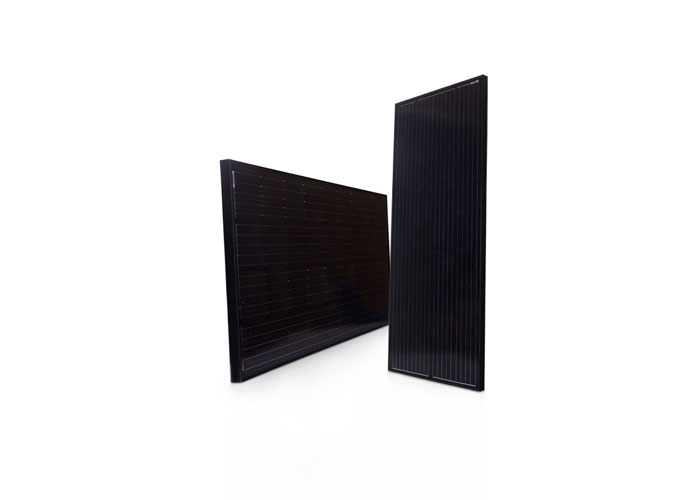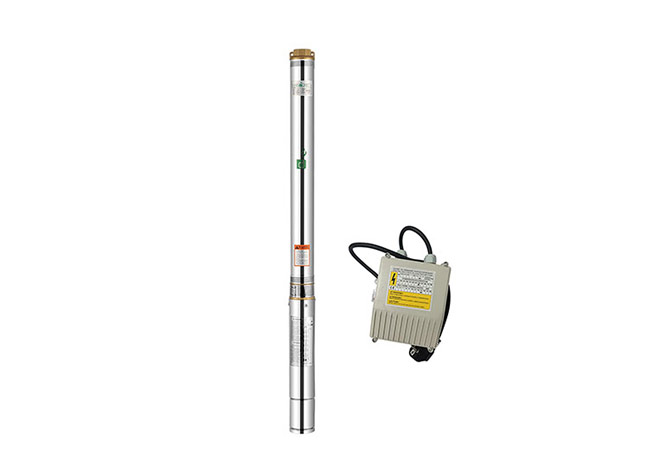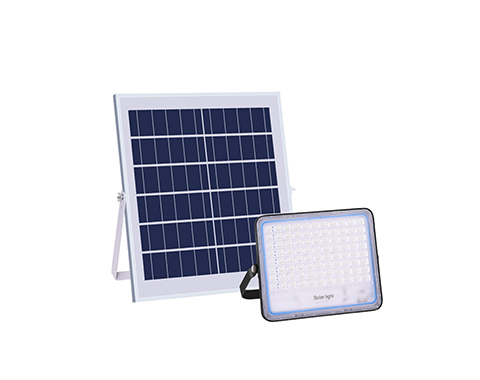As a bridge connecting the pile and the car, the performance of the electric vehicle charging pile cable is very important. In addition to the basic outdoor performance of the cable such as insulation and flame retardant, the overall hardness of the cable should not be too high, because it needs to be bent frequently. The so-called charging pile cable material actually generally refers to elastomer-related materials, which are used for the insulating layer and the sheath layer. Material properties require oil resistance, tear resistance, weather resistance, chemical resistance, high and low temperature resistance, and softness. At present, the more mainstream ones are TPU, TPE, PVC elastomers, etc.
1. TPU material of electric vehicle charging pile
The characteristics of TPU are high strength and good wear resistance, which cannot be replaced by other TPE materials. The wear resistance and strength properties of TPU are much better than TPE, but the hand feel is not as good as TPE. At present, the softest hardness of TPU is about 55A.
The main characteristics of TPU are: the range of hardness is wide. And with the increase of hardness, its products still maintain good elasticity and wear resistance, high mechanical strength, outstanding cold resistance, good processing performance, oil resistance, water resistance, mold resistance, and recycling. Compared with TPE of electric vehicle charging pile, TPU has a relatively large elastic loss under the high hardness.
The English name TPE is the abbreviation of Thermoplastic Elastomer, is a kind of special functional material with plastic plasticity and rubber elasticity. Thermoplastic elastomer TPE has the characteristics of high elasticity, high strength, high resilience, and injection molding of rubber. It is environmentally friendly, non-toxic, and safe. Besides, it has a wide range of hardness and excellent colorability. Furthermore, it touches soft and has the properties of weather resistance, anti-fatigue and temperature resistance. Finally, it can be recycled to reduce costs.
2. TPE material of electric vehicle charging pile
With the continuous enhancement of people's awareness of environmental protection, the relevant environmental protection regulations such as the EU RoSH standard and REACH regulations have been gradually implemented in the electronic and electrical fields. In many occasions, thermoplastic flame-retardant and safe and clean wires and cables must be used. The TPE halogen-free flame retardant cable material with rubber characteristics has become the focus of research and development.
TPE material based on SEBS can improve the flame retardancy by adding a large amount of inorganic flame retardants. At the same time, it is prone to low strength, easy precipitation, poor resilience, poor weather resistance, and fatigue resistance, thus producing dripping and large smoke in combustion. The reduction of these comprehensive properties affects the service life and operation safety of the product, and limits the application of low-smoke halogen-free flame retardant TPE materials in the field of electronic and electrical connecting lines, especially the materials used for new energy electric vehicle charging pile cables.
At present, most of the insulation and protection materials for automotive wiring harnesses with temperature levels of 105°C and below are PVC materials. PVC materials for automotive wiring harnesses in China often have shortcomings such as poor extrusion surface and poor low temperature performance. In view of this, coupled with the special environment used in automotive wiring harnesses (such as small space, poor environmental heat dissipation, frequent friction, etc.), special requirements (thin-wall, high-speed extrusion, etc.), and cost control requirements, it is necessary to study the PVC material for automobile harness and further improve its performance.
With the surge in sales of electric vehicles, new energy vehicle charging pile companies hope to share the 100 billion-level market. Electric vehicle charging piles may be the most certain "cake" in the current new energy vehicle industry chain.
Charging piles also appear in various parking lots. Slow charging is generally AC charging. The current of DC charging is relatively large, and the requirements for the power facilities of the community are relatively high.
3. The use characteristics of electric vehicle charging pile cables are as follows:
1) The electric charging cables should control and transmit signals such as voltage and current during the charging process. The network system has the characteristics of high-pressure resistance, high-temperature resistance, electromagnetic interference resistance, stable signal transmission, oil resistance, water resistance, acid and alkali resistance, and UV resistance.
2) The product has good concentricity, which makes the high-voltage resistance of the cable stable and reliable.
3) The minimum bending of the product in 4D, which is convenient for use between corner wiring in a narrow space. The product has high flexibility and is very convenient for vehicle wiring.
4) The rated temperature of the product is 125°C, which is great technological progress and improvement for the use of one-time molded soft-grade insulating materials. It is very important to ensure the flexibility of the cable and improve the current-carrying capacity of the cable.




